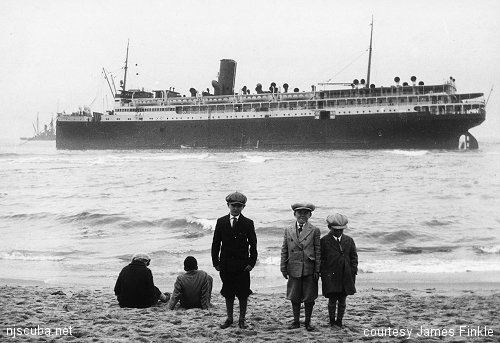Dive Sites Charts (1/2)
More: Dive Sites ...
More: Long Island East Dive Sites Chart ...
Long Island Sound averages 60 ft in depth, with the greatest depth of over 300 ft at the eastern end. Tidal effects are strongest at the narrow western end, where all the inrushing water flow piles up and makes tidal variations of up to 7 ft. Strong tidal currents are also prevalent, and visibility tends to be poorer than the open ocean, especially at depth.
More: Long Island Sound Dive Sites Chart ...
More: Long Island West Dive Sites Chart ...

